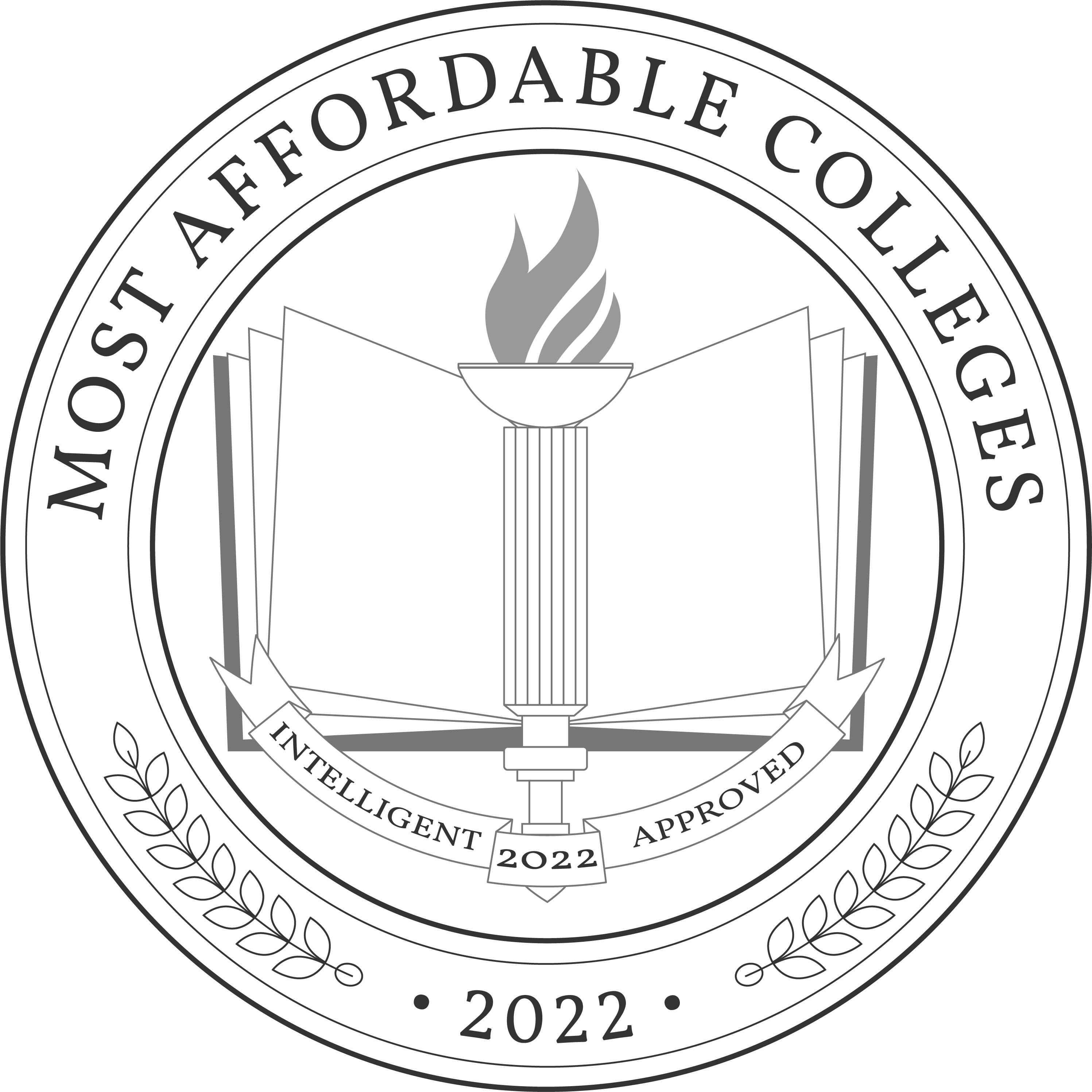Why This Matters
-
CONSUMERS OWE NEARLY $1.6 TRILLION IN STUDENT LOAN DEBT
Student loan debt is the second-highest consumer debt category in the U.S., with more than 45 million borrowers paying off loans from school.
-
65% OF STUDENTS BORROWED MONEY FOR COLLEGE IN 2019
The average loan amount students borrowed for the 2019-20 academic year was $30,062, a 26% increase from the amount students borrowed 10 years ago.
-
UNDERGRADUATE TUITION RATES RISING STEADILY SINCE 2000
Between the 2007-2008 and 2017-2018 academic years, undergraduate tuition increased by 31% at public four-year institutions, and 23% at private four-year institutions.
Our Research
For our list of the most affordable colleges, we looked closely at what institutions charge for tuition, fees, and room and board at both the undergraduate and graduate levels. For public universities, we also considered in-state versus out-of-state tuition, to find the institutions that offer the best overall value to students.
To ensure that we are recommending schools that are not only affordable, but also provide a quality education, we only included institutions that are regionally accredited. This type of accreditation confirms that schools meet certain quality standards. It also means students are eligible for more financial aid, and can transfer credits more easily.
We evaluated each program on the basis of flexibility, faculty, course strength, cost, and reputation. Then we calculated the Intelligent Score for each program on a scale from 0 to 100. Our top picks for the Most Affordable Colleges program are affordable, respected, and flexible. (For a more extensive explanation, check out Our Ranking Methodology.)
- 55 hours to write this article
- 17,169 universities and colleges we assessed
- 21,272 education programs we compared
The Top 50 Affordable Colleges

Discover More Options
What You Should Know About This Degree
Determining the cost of a college degree can be a bit tricky, but is not impossible. In most cases, there is a “sticker price” – that is, the advertised cost of tuition, room and board, and other fees. However, the actual price that students usually end up paying is the “net price,” which is the cost of tuition after scholarships, grants, loans, work-study, and other funding has been factored in. Therefore, it’s important to use the net price when calculating the cost of a program.
Many students rely on institutional scholarships to subsidize tuition costs, but it’s also worth noting that there are many outside resources for scholarships as well. These sources can include community, state, and national organizations; employers; religious groups; foundations, and more.
Cost is an important consideration when choosing a college, but it shouldn’t form the whole basis for your decision. Be sure to review the curriculum for your intended program of study, to ensure that it will teach you the skills you need for your career, and meet any education requirements to professional licenses or certifications. You may also want to consider what kind of student resources, extracurricular activities, and experiential learning opportunities the school offers.
What’s Next?
Here are some questions to ask when researching the most affordable colleges:
- Are there any additional fees? While tuition will make up the bulk of your costs for college, make sure you’re aware of any additional fees the institution might impose for technology, support services, or program-specific equipment or experiences. If you cannot find clear information online, talk to a financial aid counselor so you can get a clear picture of what your bill will look like.
- How can I make college more affordable? There are a number of ways to save money while in school. Living at home and commuting, if possible, can save you money on room and board. Likewise, enrolling in an online program may be cheaper than taking classes in person. Additionally, many companies and businesses offer student discounts on everything from software and technology to clothing and entertainment.
While you are researching schools and programs, make sure that you take note of application requirements and deadlines. This can affect not only your admission into a school, but also your eligibility for scholarships, grants, and financial aid. If you are applying for student loans, make sure that you file your Free Application for Federal Student Aid (FAFSA) on time. If you have questions about financial aid and scholarship opportunities, contact the school’s financial aid office to speak to a counselor about your options.
Most Affordable Programs
- Most Affordable Bachelor’s in Theology Programs
- Most Affordable BCBA Degree Programs
- Most Affordable Master’s Degree Programs
- Most Affordable Online Bachelor’s in Computer Science Programs
- Most Affordable Online Bachelor’s in Criminal Justice Programs
- Most Affordable Online Bachelor’s in Early Childhood Education Programs
- Most Affordable Online Bachelor’s in Finance Programs
- Most Affordable Online Bachelor’s in Health Science Programs
- Most Affordable Online Bachelor’s in Psychology Programs
- Most Affordable Online BCBA Degree Programs
- Most Affordable Online Colleges & Universities
- Most Affordable Online Community Colleges
- Most Affordable Online Computer Programming Degrees
- Most Affordable Online Master’s in Accounting Programs
- Most Affordable Online Master’s in Educational Leadership Programs
- Most Affordable Online Master’s in Nursing Programs
- Most Affordable Online Master’s in School Counseling Programs
- Most Affordable Online Master’s in Special Education Programs
- Most Affordable Online Master’s Programs
- Most Affordable Online RN to BSN Programs